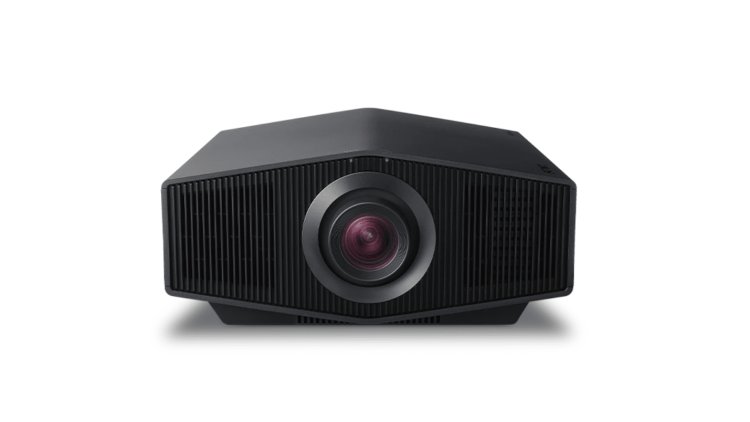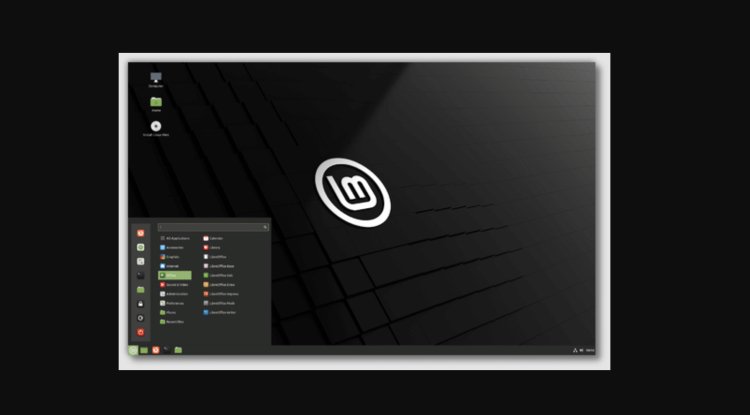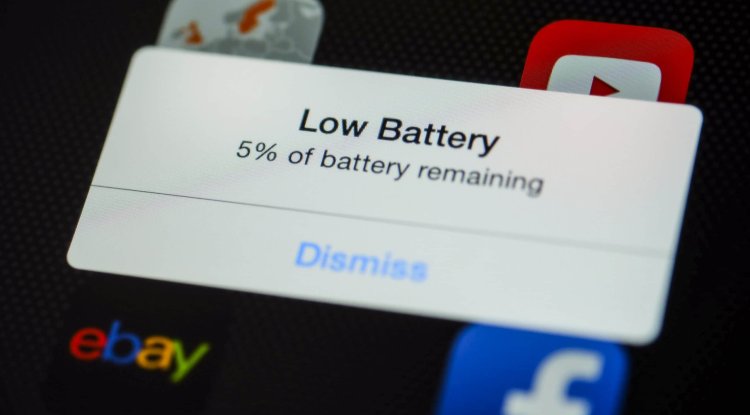Sony VPL-XW7000ES und Sony VPL-XW5000ES

The housing and chassis have been fully overhauled and developed, so the innovations are already visible. The device will be smaller and lighter than it is now. As a light source, there is now a laser-phosphor hybrid, as well as totally rebuilt picture panels and a new lens.
In comparison to the predecessors, a sharper image with 2,000 lumens of luminance is on the positive side, and a lens that can now be adjusted totally manually is the aim. In the future, you will have to do without 3D playback with the new one.
The previous "small" laser variant, the Sony VPL-VW790ES, will be replaced in summer 2022 by the Sony VPL-VW7000ES.
The new one is slightly larger than its predecessor, although it is still approximately 25% smaller and lighter. Sony touts this primarily as an environmental benefit due to the reduced usage of plastic and packaging material.
This certainly benefits the handling as well. Notable: 3,200 lumens of light flux promise radiantly brilliant visuals, which should assist the use of large displays and, in particular, HDR reproduction.
As previously said, the lens, which has also been newly created, can be adjusted totally electrically, and – cinemascope enthusiasts will rejoice – the lens memory is kept. The "big one" can also project 3D images, however, this necessitates the use of an additional emitter and, of course, 3D spectacles.
The chassis appears to be identical in both models, with the exception that the higher powerful laser light source in the 7000 model appears to require more space in the housing depth, 52 against 47 cm. The front and rear ventilation grilles now have two smaller side air intakes.
In comparison to prior designs, the airflow has been reversed; the XW versions take in room air from the front and sides and exhaust it from the back. More wall clearance is required there to minimize heat buildup.
The signal processing is likely to be completely new, as are the actual LCD chip and the three SXRD panels, as previously indicated. True 4K resolution with horizontal 4096 pixels is no longer available.
The new 0.61-inch chips, like TV sets, now have UHD resolution and consequently 3840 x 2160 pixels in 16:9. The SXRD panels will most likely be able to differentiate more than 8-bit color depth for the first time, and hopefully 10-bit or more to offer unbroken HDR resolution.
The HDMI connections support up to 18Gbps bandwidth, allowing the XW projectors to have a maximum UHD resolution of up to 60p and at least 120p for Full HD.
This should be of interest to gamers because the latency in 120 Hertz mode is decreased to 13 milliseconds, which is comparable to that of decent television sets. With 4K, 21ms at 60Hz should still be doable, which is quite short for projectors.
The ability to control the projector via a web menu via LAN or WLAN is also new. The menu appears to have been optimized for smartphones, as evidenced by the display charts. As a result, the projectors may now be controlled similarly to an app.
The lenses are also novelties. Their diameter may likewise contract in tandem with the area of the suddenly much smaller picture panels. Nonetheless, they should be noticeably sharper than before.
This is especially true for the VPL-more XW7000ES's complicated 13-element lens. It has more contrast and a greater zoom range, as well as an additional adjustable lens shift.
The floating focus mechanism (colored lenses in the figure above) should, among other things, deliver better imaging well into the corners, which was previously only accessible in the top models' interchangeable lenses.
The combination of aspherical lenses and ED glass (Extra-low Dispersion glass) reduces chromatic aberration and the accompanying edge blur and rainbow outlines.
In the redesign of the light engine, i.e. the actual projection unit with all of its mirrors, prisms, and filters, a newly designed light route with less internal dispersed light and substantially sharper filtering and polarization serves to further improve the light yield and contrast.
The primary processor of the Sony X1 Ultimate for Projector now handles video signal processing. This is the thickest Bravia processor, which was previously only seen in the top-tier Sony VPL-GTX380 model, which costs over 100,000 dollars.
If the promises are genuine, it should work wonders with HDR in addition to the prior tasks of the smaller computer chips in the VW series, such as sharpening (reality creation), the interframe calculation (motion flow), and other things.
Using real-time object detection, the system attempts to determine when it may highlight something in the running image and with what brightness and color intensity in order to exhaust the potential of HDR projection.
Furthermore, this is employed as a Dynamic Laser control in conjunction with laser dimming. This is known as Object-Based HDR Remastering. A further test will be required to demonstrate how effectively this works.
In any case, the prior projectors with Dynamic HDR Enhancer struggled with their rather static tone mapping. An IMAX Enhanced mode is also included, which is activated automatically when matching discs or streams are played.
Both new projectors have a color space that is 95 percent DCI-P3. However, it is reasonable to infer that color reproduction has few flaws.
Some of the new numbers Sony is promising in terms of runtimes and guarantees are encouraging. The normal guarantee is three years or 7,000 hours of use. You can acquire up to 5 years of peace of mind and thus up to 12,000 operational hours with an optional PrimeSupport warranty extension with individual registration.
That all sounds very appealing and well thought out. Now all that remains is for the new ones to arrive. This has only been delayed by a few weeks because production and the logistics hub are currently under lockdown due to Chinese corona measures.
Let us hope for the best.





























